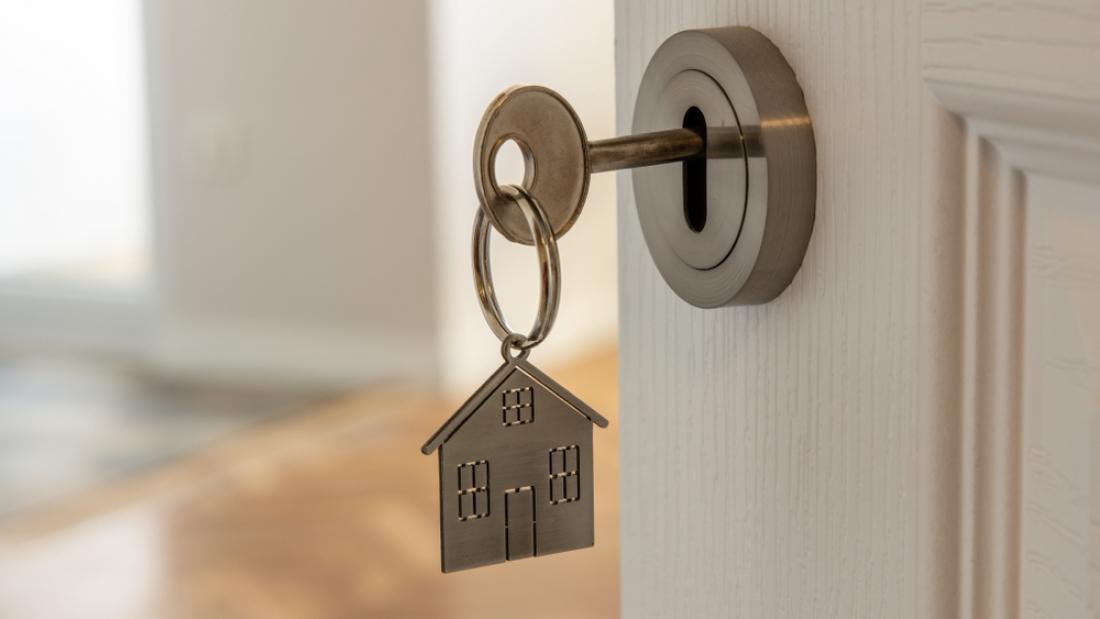Do you feel dissatisfied with your current mortgage plan? You may want to look into refinancing your mortgage. A mortgage refinance basically lets you replace your existing mortgage plan with a new one. The new one has more favorable terms, which may include a lower interest rate. On the other hand, you can refinance a home loan to utilize your equity for home improvements or to combine high-interest debt as well as for other purposes.
The most important thing to do before applying for a mortgage refinance is your research about this topic. This will lead to informed decisions and proper knowledge before taking any steps. First, it’s essential to know exactly what you want and why you need a mortgage refinance. Reasons for a mortgage refinance may include lowering your interest rate and monthly payment, shortening your loan term, switching from an adjustable-rate mortgage to a fixed-rate mortgage, switching from a Federal Housing Administration loan (FHA loan) to a conventional loan to drop mortgage insurance premiums, or tapping your home equity. Overall, there needs to be a clear cut benefit to getting a mortgage refinance for this step to even be necessary.
Most of the time, you will need to have equity to refinance your home loan. Your home equity is basically the difference between how much your house is worth and how much you owe on your mortgage. Specifically for conventional loans, you will need at least 3% equity for a rate-and-term refinance, and 20% equity for a cash-out refinance. Your lender will have to confirm your home’s worth during this refinance process by ordering an evaluation. You can use a home value estimator to get an idea of its worth. In addition, you need to confirm your outstanding mortgage balance by checking your mortgage statement online or contacting your lender.
Lastly, there are different types of mortgage refinance plans. A rate-and-term improves the terms of your loan by securing a lower interest rate and a new loan term. A cash-out allows you to borrow against your home equity to fund a home improvement project or for other goals. A limited cash-out finances your closing costs into your new loan, receiving a small sum of cash back from the transaction. A streamline helps you stay in a government-backed loan, such as an FHA loan or a VA loan, and skips income documentation and home appraisal requirements. It’s important to choose the plan that best fits your needs.

